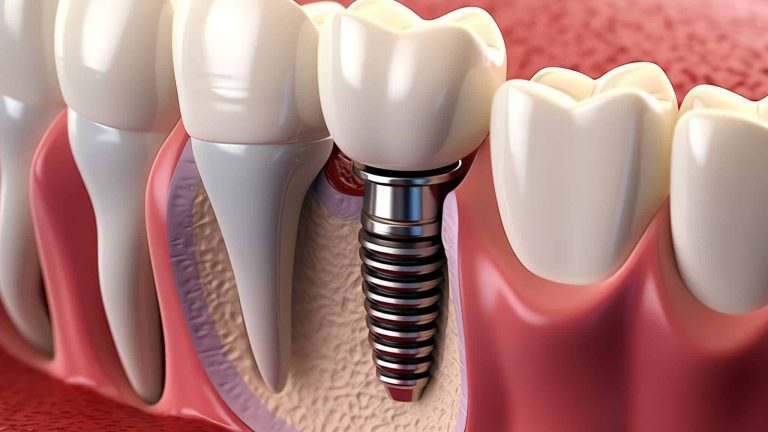Chronic halitosis, commonly known as persistent bad breath, is a condition that affects millions of people worldwide. Unlike occasional bad breath that everyone experiences, chronic halitosis does not go away with simple measures such as brushing your teeth or rinsing your mouth. This condition can significantly impact self-esteem and personal relationships, as well as indicate underlying oral or general health problems. In this article, we will explore what chronic halitosis is, its causes, and the available treatments.
What is chronic halitosis?
Chronic halitosis is a condition where bad breath persists for long periods of time, even with proper oral hygiene. This problem can originate in the mouth or be caused by external factors. It is estimated that between 25% and 30% of the global population experiences halitosis at some point in their lives, making it one of the main reasons for visiting the dentist.
What are the causes of chronic halitosis?
Chronic halitosis can have multiple causes, ranging from oral issues to more complex medical conditions. These are the most common:
1. Oral causes
Most cases of chronic halitosis originate in the oral cavity due to:
- Bacterial buildup: Bacteria breaking down food particles in the mouth release sulfur compounds responsible for bad odor.
- Coated tongue: A whitish or yellowish layer on the tongue, formed by food debris, dead cells, and bacteria.
- Dental cavities: Cavities can harbor bacteria that contribute to bad breath.
- Gum diseases: Gingivitis and periodontitis are frequent causes of chronic halitosis due to the inflammation and infection of gum tissues.
- Poorly fitted dental prostheses: Dentures or orthodontic appliances that are not properly cleaned can accumulate food debris and bacteria.
2. Non-oral causes
Sometimes, chronic halitosis originates outside the mouth, such as:
- Gastrointestinal problems: Gastroesophageal reflux or stomach infections can cause bad breath.
- Respiratory infections: Sinusitis, tonsillitis, or lung infections can release unpleasant odors.
- Dry mouth (xerostomia): Lack of saliva reduces the mouth’s ability to remove bacteria and food debris.
- Systemic conditions: Diseases like diabetes, kidney failure, or liver issues can cause halitosis due to the buildup of chemical compounds in the breath.
3. Habits and lifestyle
- Tobacco use: Smoking not only leaves an unpleasant odor but also promotes plaque buildup and gum disease.
- Diet: Foods such as garlic, onions, and strong spices can contribute to bad breath, though usually temporarily.
How is chronic halitosis diagnosed?
The diagnosis of chronic halitosis begins with a detailed evaluation by a dentist or doctor. This process may include:
1. Medical history
The professional will inquire about oral hygiene habits, diet, tobacco use, and any underlying medical conditions.
2. Oral examination
A detailed inspection of the oral cavity will be performed to detect:
- Cavities.
- Gum diseases.
- Plaque or tartar buildup.
- Coated tongue.
3. Additional tests
- Halimeter: A device that measures sulfur compounds in the breath.
- Bacterial cultures: To identify oral infections.
- Medical evaluation: If halitosis does not have an oral origin, consultation with a doctor may be necessary to rule out gastrointestinal, respiratory, or systemic issues.
Treatments for chronic halitosis
The treatment of chronic halitosis depends on its underlying cause. Here are the most common strategies:
1. Improving oral hygiene
Proper oral hygiene is essential to combat chronic halitosis. Recommendations include:
- Brushing your teeth at least twice a day with fluoride toothpaste.
- Flossing daily to remove food debris between teeth.
- Cleaning the tongue with a tongue scraper or toothbrush.
- Using antibacterial mouthwashes to reduce bacteria in the mouth.
2. Treating oral issues
If halitosis is related to cavities, gum diseases, or dental prostheses, the dentist may recommend:
- Treatments to remove cavities.
- Deep cleanings to remove plaque and tartar.
- Adjustments or replacement of dental prostheses.
3. Hydration
For those with dry mouth, it is recommended to:
- Drink enough water throughout the day.
- Use products specifically designed to stimulate saliva production, such as rinses or sugar-free gum.
- Avoid excessive consumption of caffeine and alcohol, which can dehydrate.
4. Lifestyle and dietary changes
- Reduce consumption of foods with strong odors, such as garlic and onion.
- Avoid tobacco and alcohol.
- Incorporate fiber-rich foods, such as fruits and vegetables, which stimulate saliva production.
5. Treating underlying medical conditions
If chronic halitosis originates from gastrointestinal, respiratory, or systemic problems, it will be necessary to treat the specific condition with the help of a medical specialist.
Preventing chronic halitosis
Preventing chronic halitosis is possible with a combination of good oral hygiene habits and a healthy lifestyle. Key measures include:
- Regular visits to the dentist for checkups and cleanings.
- Maintaining a balanced diet and avoiding excessive consumption of foods that contribute to bad breath.
- Brushing the tongue and using dental floss as part of the daily routine.
- Addressing any oral or medical issues promptly.
Conclusion
Chronic halitosis can be a frustrating problem, but with proper diagnosis and treatment, it is possible to manage it and improve quality of life. Maintaining good oral hygiene, addressing underlying problems, and adopting a healthy lifestyle are essential steps to combat this condition.



